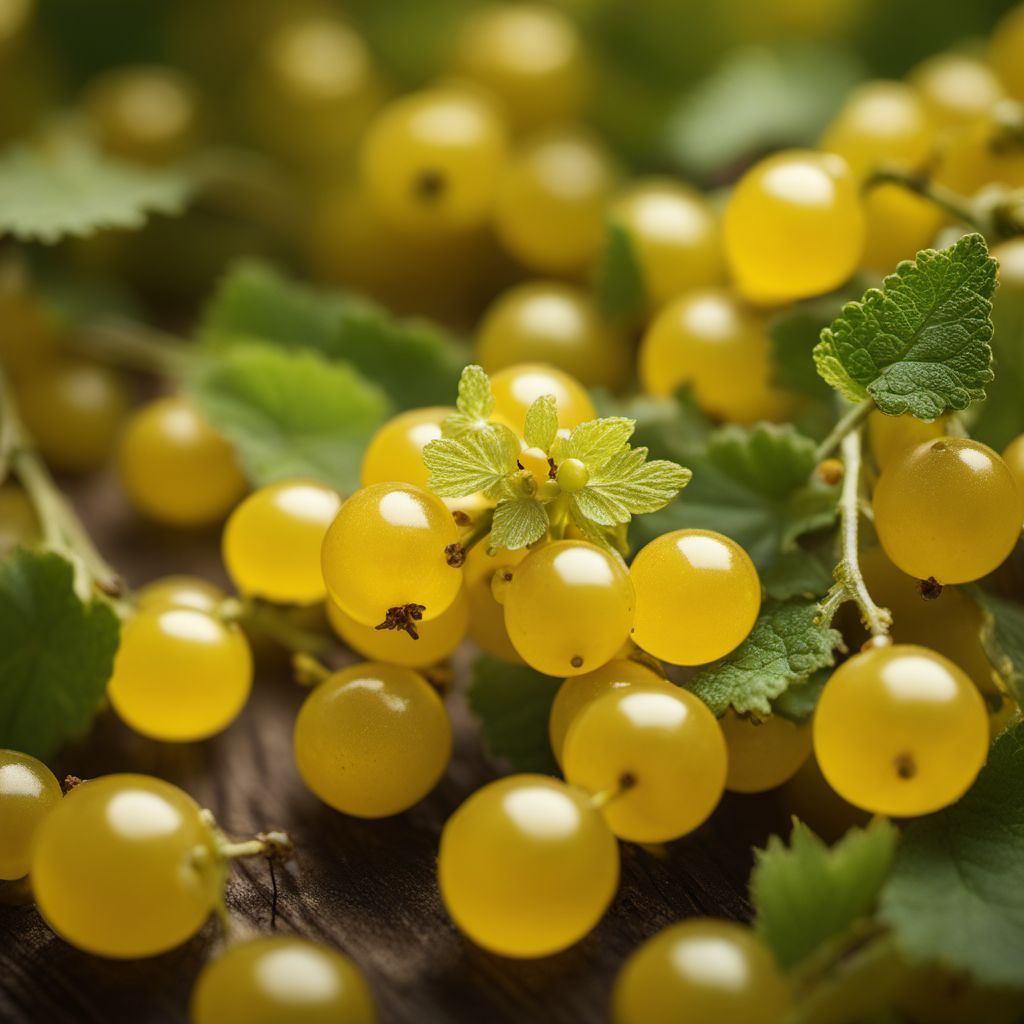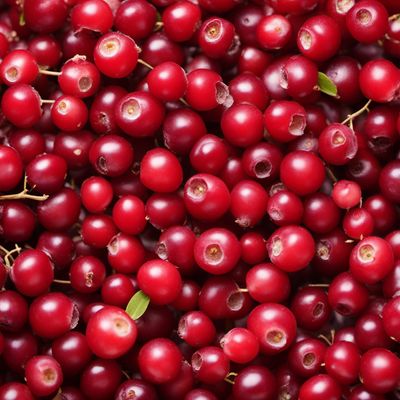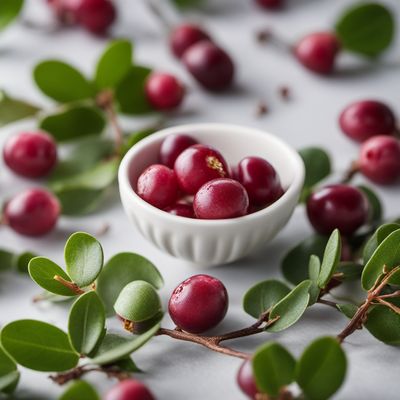
Ingredient
Golden currant
The Fragrant Spice of Delight
Nutmeg seed is a small, oval-shaped spice with a dark brown outer shell and a fragrant, nutty flavor. It has a slightly sweet and spicy taste, with hints of clove and cinnamon. The texture of nutmeg seed is firm and brittle, making it easy to grate or grind into a fine powder. This versatile spice is used in a wide range of dishes, including baked goods, soups, stews, and beverages.
Origins and history
Nutmeg is native to the Banda Islands in Indonesia and has a long history dating back thousands of years. It was highly prized by ancient civilizations, including the Egyptians and Romans, for its medicinal properties and as a valuable trade commodity. Today, nutmeg is cultivated in various tropical regions around the world, including India, Sri Lanka, and the Caribbean islands. It continues to be a popular spice in global cuisines.
Nutritional information
Nutmeg seed is a good source of essential minerals, including manganese, copper, and magnesium. It also contains small amounts of vitamins, such as vitamin B6 and vitamin C. However, it should be used in moderation due to its high concentration of a compound called myristicin, which can be toxic in large quantities.
Allergens
Nutmeg seed may cause allergic reactions in some individuals, particularly those with a sensitivity to spices. It is also known to have hallucinogenic effects when consumed in large amounts.
How to select
When selecting nutmeg seed, look for whole seeds that are firm, unbroken, and free from mold or signs of moisture. The seeds should have a strong, aromatic scent. Avoid purchasing pre-ground nutmeg, as it loses its flavor quickly. Instead, opt for whole nutmeg seeds and grate or grind them as needed for the freshest flavor.
Storage recommendations
To preserve the freshness and flavor of nutmeg seed, store it in a cool, dark place, away from direct sunlight and moisture. Whole nutmeg seeds can be stored for up to 2 years, while ground nutmeg should be used within 6 months for the best flavor. It is recommended to grate or grind nutmeg seed just before using it to maximize its aromatic properties.
How to produce
Nutmeg trees can be grown in tropical or subtropical regions with a warm and humid climate. They require well-drained soil and partial shade. Nutmeg trees take several years to mature and produce fruit, but they can be a rewarding addition to a home garden.
Preparation tips
Nutmeg seed can be grated or ground and used in a variety of dishes. It is commonly used in baked goods, such as cakes, cookies, and pies, to add warmth and depth of flavor. Nutmeg seed is also a key ingredient in savory dishes, such as soups, stews, and sauces, where it enhances the overall taste. Additionally, it is often used in beverages, such as eggnog and mulled wine, to create a comforting and aromatic experience.
Substitutions
Cinnamon, allspice, and cloves can be used as substitutes for nutmeg seed. However, each spice has a slightly different flavor profile, so the substitution may alter the taste of the dish. Use half the amount of the substitute spice as the original recipe calls for and adjust to taste.
Culinary uses
Nutmeg seed is widely used in various cuisines around the world. It is a staple in European and American baking, where it is commonly used in holiday treats and desserts. Nutmeg seed is also a key ingredient in Indian, Middle Eastern, and Caribbean cuisines, where it adds depth and complexity to curries, rice dishes, and meat preparations.
Availability
Nutmeg seed is commonly available in tropical regions, including Indonesia, India, Sri Lanka, and the Caribbean islands. It is also widely cultivated and exported to other parts of the world.
More ingredients from this category » Browse all

Aronia berries
The Mighty Antioxidant Powerhouse

European barberries
Tangy Gems: Exploring the Delights of European Barberries

Worcesterberries
The Tangy Delight: Worcesterberries

Sea buckthorns
The Tangy Treasure of the North

Huckleberries
The Wild Delicacy: Unveiling the Enchanting World of Huckleberries

Salal
The Wild Berry: Salal

Lingonberries and similar
The Tart and Tangy Delights: Exploring Lingonberries and Similar Berries

Jostaberries
The Tangy Delight: Unveiling the Secrets of Jostaberries

Haskaps
The Marvelous Haskaps

Bilberries (generic)
The Secret Superfood: Unveiling the Power of Bilberries

Myrtle berries
The Enchanting Berries of Myrtle

Bearberries
The Wild Berry Wonder